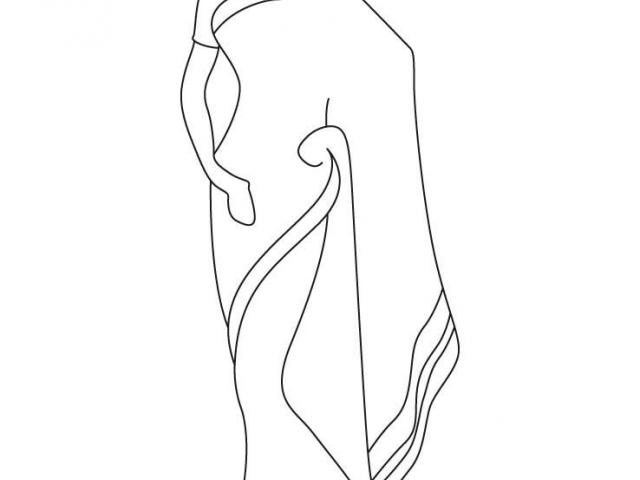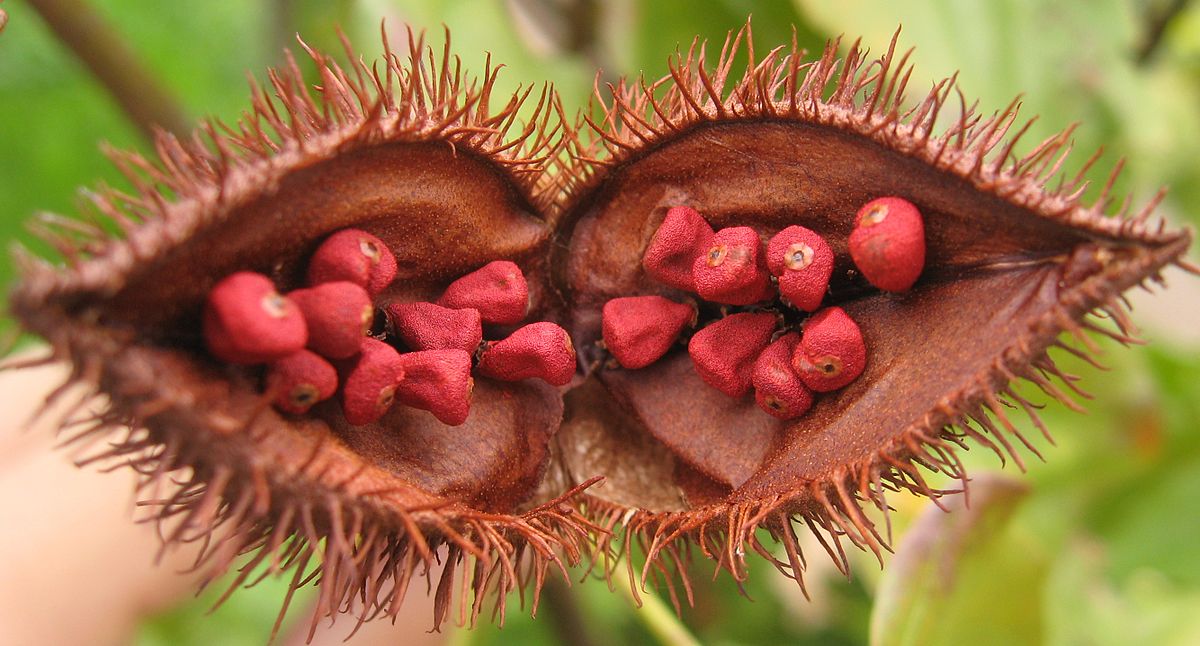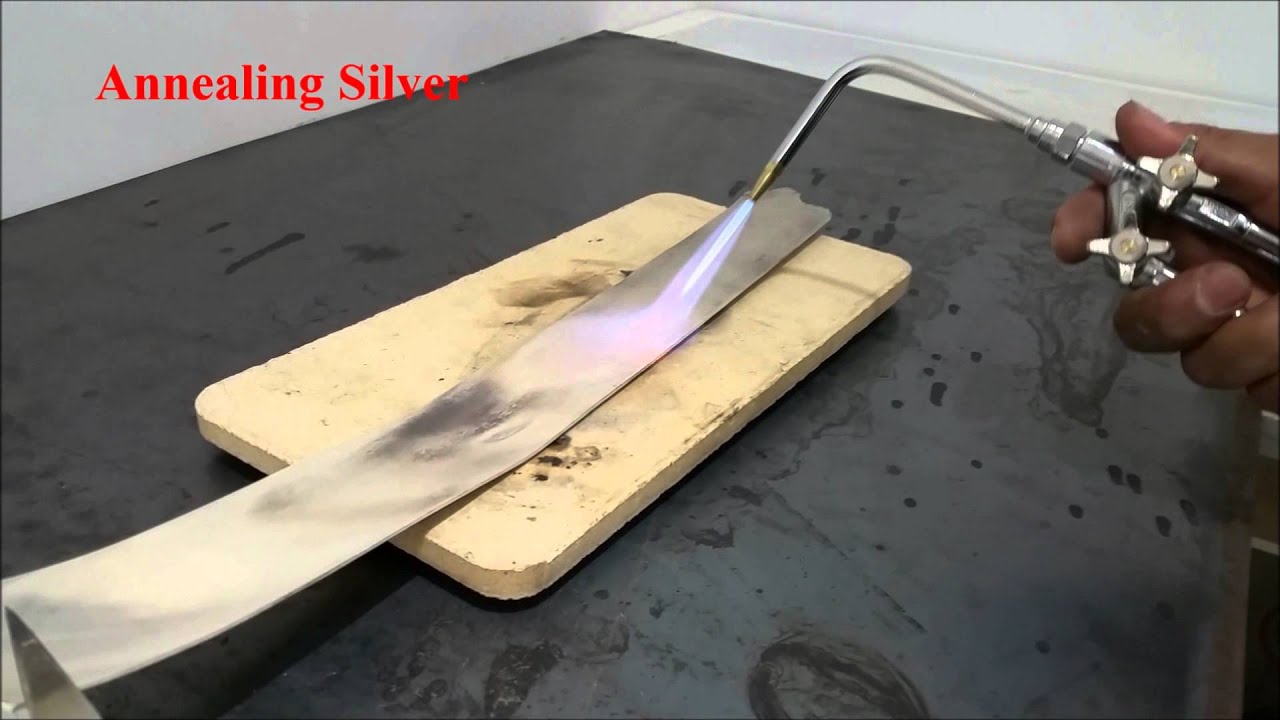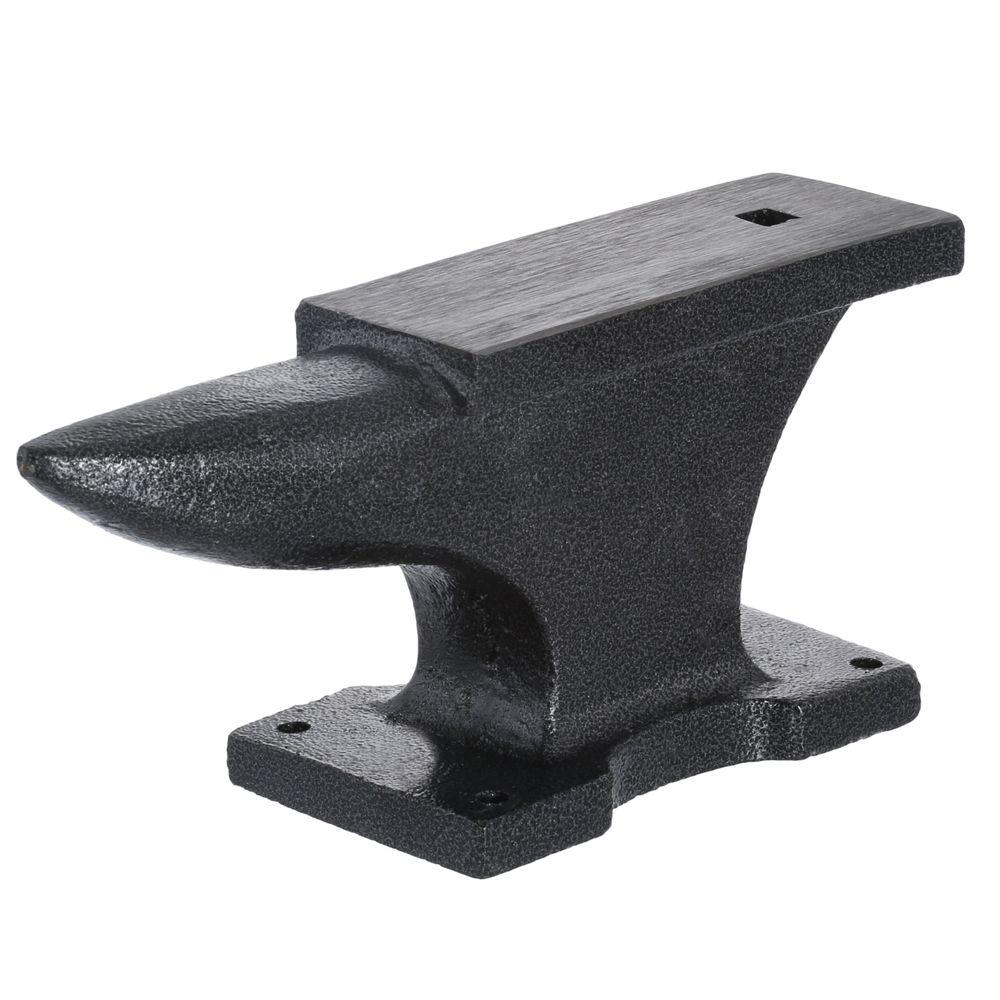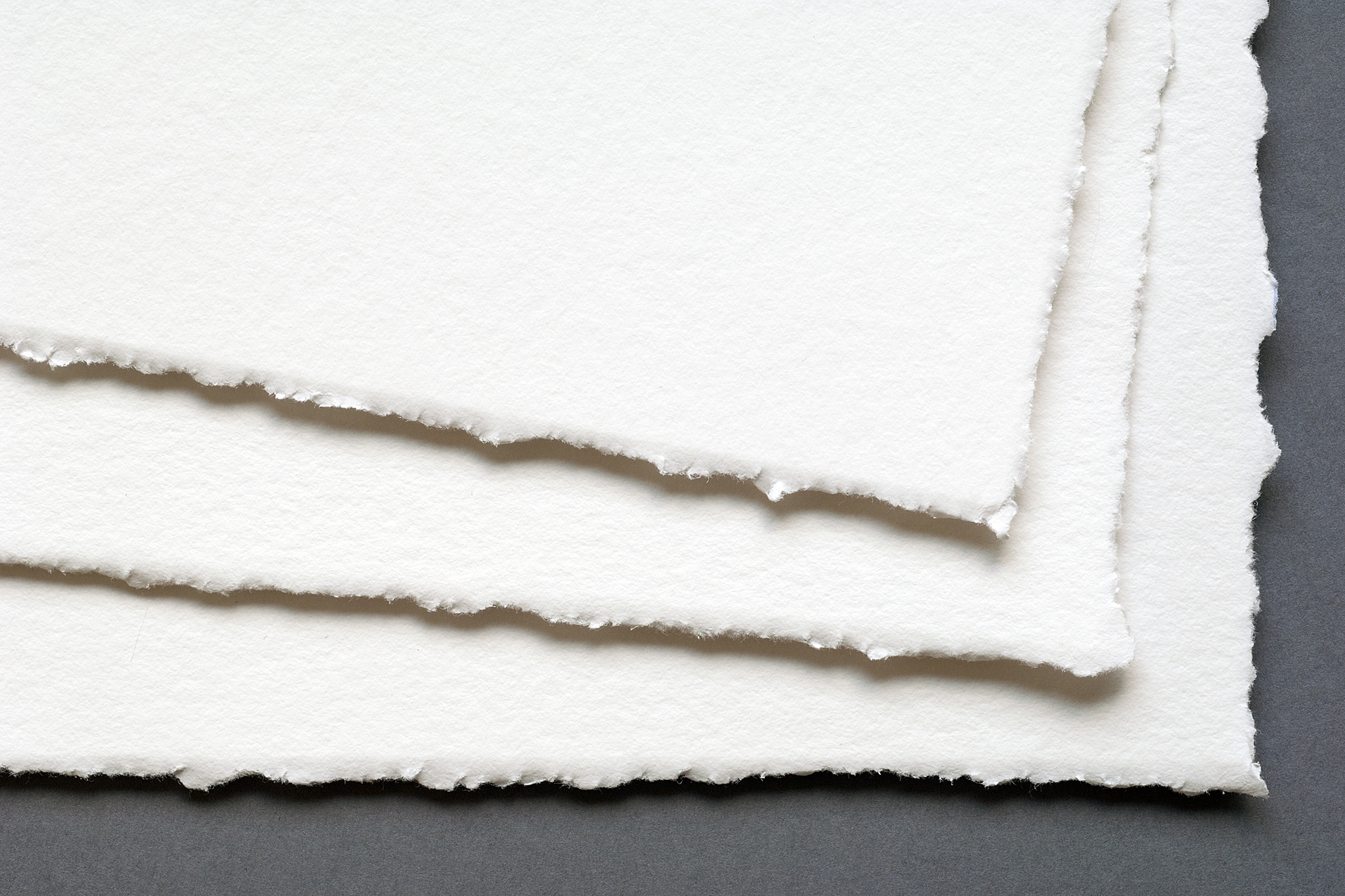Anarasi,
Angular floral pattern with the Holbein stitch in nakshi kantha embroidery, imitative of the pineapple surface; also known as lik phul.
Angular floral pattern with the Holbein stitch in nakshi kantha embroidery, imitative of the pineapple surface; also known as lik phul.
Aniline,
Oily liquid compounds, colourless when pure. It was isolated in 1826 by distilling natural indigo with lime and discovered in coal tar in 1834. In 1841 it was found that it could also be obtained by heating caustic potash with indigo, and it then received its name, which is derived from nila (Sanskrit for indigo), an-nil (Arabic) and anilera (Portugese). In 1856 William Henry Perkin revolutionized the dyeing industry by using aniline to produce the first synthetic dye, 'mauveine'. Obtained from coal tar derivates, it provides the chemical base of many modern synthetic dyes.
Oily liquid compounds, colourless when pure. It was isolated in 1826 by distilling natural indigo with lime and discovered in coal tar in 1834. In 1841 it was found that it could also be obtained by heating caustic potash with indigo, and it then received its name, which is derived from nila (Sanskrit for indigo), an-nil (Arabic) and anilera (Portugese). In 1856 William Henry Perkin revolutionized the dyeing industry by using aniline to produce the first synthetic dye, 'mauveine'. Obtained from coal tar derivates, it provides the chemical base of many modern synthetic dyes.
Annatta / Annotto / Arnotto / Roucou,
A dye obtained from the pulp surrounding the seeds of the Bixa orellana; chiefly used in dyeing silk an orange colour, but is of a fugitive nature.
A dye obtained from the pulp surrounding the seeds of the Bixa orellana; chiefly used in dyeing silk an orange colour, but is of a fugitive nature.
Annealing,
Annealing is a heat-treatment carried out on a metal or alloy, usually with the aim to alter the microstructural or chemical structure of the metal to the advantage of the metal-worker. In a simple metal (pure metal or solid solution) annealing will be used to soften the work-hardened material to allow further deformation (e.g. hammering). The lowest temperature at which a metal will soften varies with the degree of cold-working, greater amounts of work tending to reduce it. With more complex alloys (those with more than one phase present), annealing may be used to alter the microstructure in terms of the phases present, their distribution, or simply to even out the elemental distribution. Thus, an annealing process may be further classified, for example the anneal may be described as a stress-relief anneal, solid solution anneal, or simply normalizing (anneal implied); the additional term indicating the purpose of the heat treatment. Related terms: Cold Work, Microstructure, Recovery
Annealing is a heat-treatment carried out on a metal or alloy, usually with the aim to alter the microstructural or chemical structure of the metal to the advantage of the metal-worker. In a simple metal (pure metal or solid solution) annealing will be used to soften the work-hardened material to allow further deformation (e.g. hammering). The lowest temperature at which a metal will soften varies with the degree of cold-working, greater amounts of work tending to reduce it. With more complex alloys (those with more than one phase present), annealing may be used to alter the microstructure in terms of the phases present, their distribution, or simply to even out the elemental distribution. Thus, an annealing process may be further classified, for example the anneal may be described as a stress-relief anneal, solid solution anneal, or simply normalizing (anneal implied); the additional term indicating the purpose of the heat treatment. Related terms: Cold Work, Microstructure, Recovery
Anvil,
A block with one flat face on which the smith shapes his metal by hammering. Although all modern anvils are of steel, the use of stone as well as iron is recorded in the archaeological record. Experimental and ethnographic evidence would indicate that wooden anvils would have been used for bloom smithing. Related terms: Block anvil, Beaked anvil, Stake
A block with one flat face on which the smith shapes his metal by hammering. Although all modern anvils are of steel, the use of stone as well as iron is recorded in the archaeological record. Experimental and ethnographic evidence would indicate that wooden anvils would have been used for bloom smithing. Related terms: Block anvil, Beaked anvil, Stake
Appliqué,
The superimposition of areas of accessory fabric on a ground fabric, usually by stitching, for patterning purposes. Also the application of any accessory fabric or object to the ground fabric usually with stitches. Appliqué refers to a decoration or ornamentation technique where pieces of one material such as fabric or embroidery are applied, stitched or stuck on to the surface of another material.
The superimposition of areas of accessory fabric on a ground fabric, usually by stitching, for patterning purposes. Also the application of any accessory fabric or object to the ground fabric usually with stitches. Appliqué refers to a decoration or ornamentation technique where pieces of one material such as fabric or embroidery are applied, stitched or stuck on to the surface of another material.
Approval and Involvement,
There is no universally accepted definition of the term. It has been suggested in one context that, although Article 8(j) of the Convention on Biological Diversity (1992), uses the phrase “approval and involvement,” various decisions on Article 8(j) have consistently interpreted this term to mean “prior and informed consent.”
There is no universally accepted definition of the term. It has been suggested in one context that, although Article 8(j) of the Convention on Biological Diversity (1992), uses the phrase “approval and involvement,” various decisions on Article 8(j) have consistently interpreted this term to mean “prior and informed consent.”
Apron,
The canvas or cord which is attached to the cloth and warp beams and which is long enough to reach the shafts. The a pronhas a wooden bar or metal rod for attaching the warp threads.
The canvas or cord which is attached to the cloth and warp beams and which is long enough to reach the shafts. The a pronhas a wooden bar or metal rod for attaching the warp threads.
Arch,
Curved structure over an opening such as a door or window. An arch may either stand alone or support the walls around the opening.
Curved structure over an opening such as a door or window. An arch may either stand alone or support the walls around the opening.
Archival Paper,
Archival Paper is acid free paper, which has a pH level of 8 or 9 on a scale of 0-14 where 0 is acidic and 7 is neutral.
Archival Paper is acid free paper, which has a pH level of 8 or 9 on a scale of 0-14 where 0 is acidic and 7 is neutral.
Argol,
The tartar deposited from wines completely fermented, and adhering to the sides of casks as a hard curst. When purified it becomes Cream of Tartar.
The tartar deposited from wines completely fermented, and adhering to the sides of casks as a hard curst. When purified it becomes Cream of Tartar.
Ari,
A small awl with a notch near the point, used (in the manner of the European tambour hook) to embroider in chain stitch.
A small awl with a notch near the point, used (in the manner of the European tambour hook) to embroider in chain stitch.

